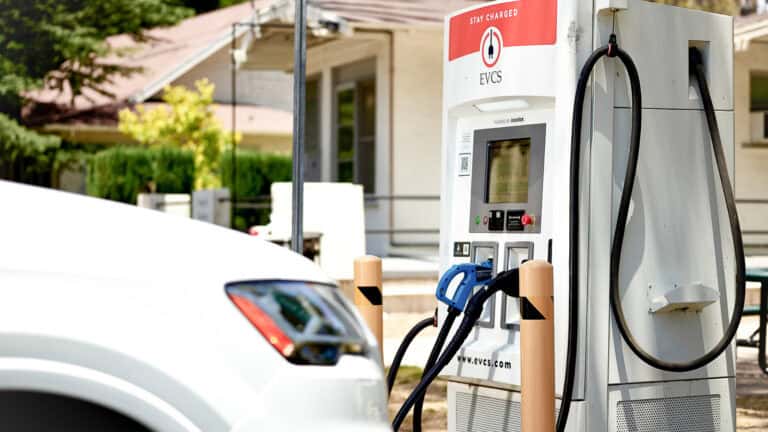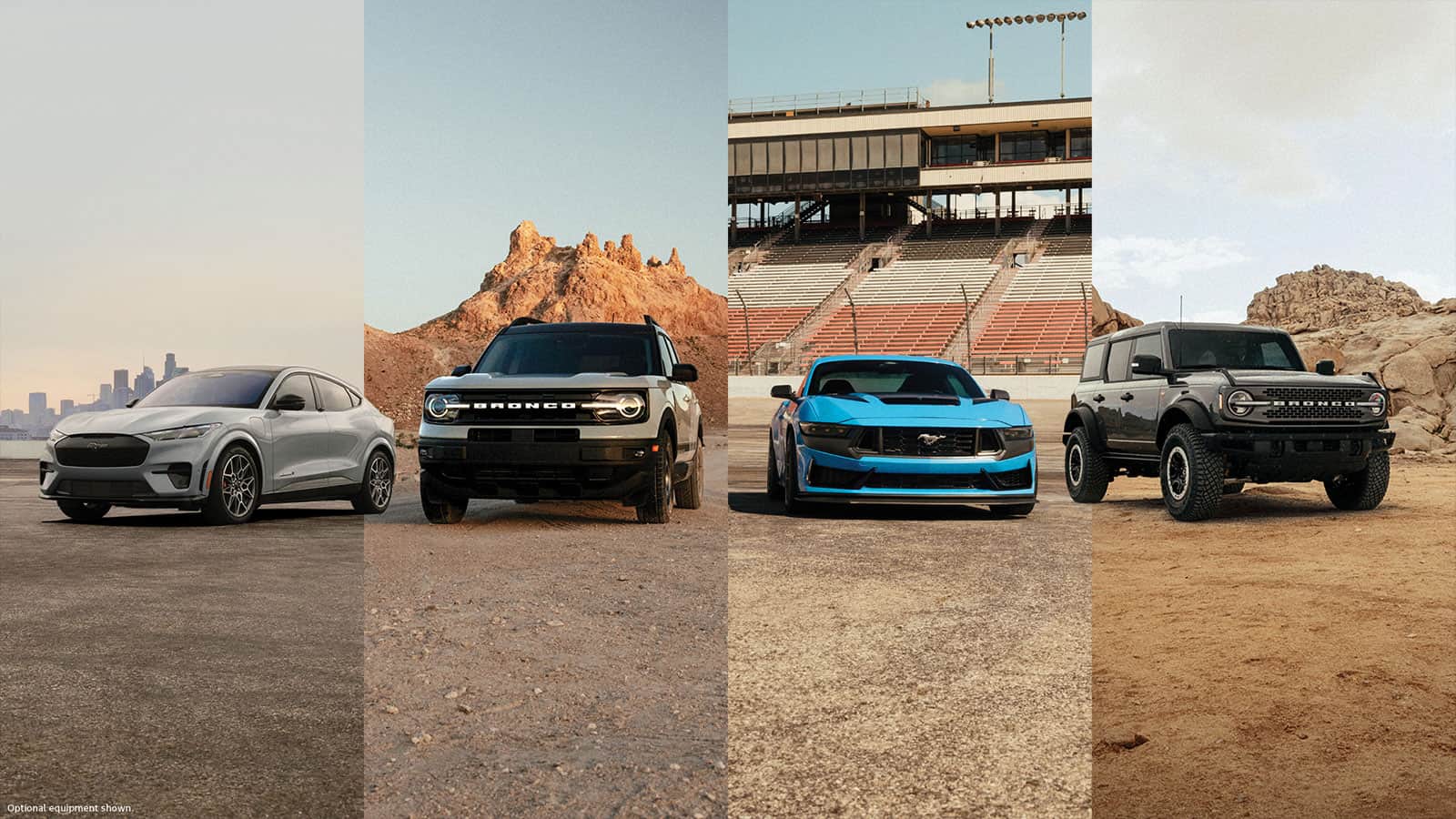While Ford is super-excited about pushing more EVs out onto the road, apparently dealerships are a bit more reticent.
Back in March, Ford had announced that it would create a more clear split between its two major product lines: Ford Blue would be for ICE vehicles, while Ford Model e would be dedicated to growing and innovating within the EV market. Then, in September, Ford said that dealers needed to invest in one of two tiers within the Model e division (Certified or Certified Elite). The deadline for this choice was originally the end of October, but that’s been pushed to early December.
However, dealerships aren’t happy about this forced investment in Ford’s EV program. Dealer associations in at least 13 states are apparently pushing back against Ford, saying that the company is unfairly burdening the retail network and breaking franchise laws.
For the Model e Certified tier, a dealer must invest $500,000 for one public-facing DC fast charger as well as training and sales materials. The dealers would not receive inventory or demo models and they wouldn’t be able to sell more than 25 EVs annually. That seems like a really small number of EVs they’d be limited to selling.
So if a dealership doesn’t want that limit, they can pay $900,000 for the Model e Certified Elite tier, which would include the cost of two fast chargers, one of which has to be in view of the public. By 2026, another fast charger must be installed with an additional $300,000 investment. Elite dealers would be able to get demo vehicles and could carry limited stock.
Until they’re certified within these tiers, dealers wouldn’t be able to sell Ford’s EVs.
Ford Commercial EVs are in Demand

Some of the state associations that are pushing back say that a limit on the number of EVs a dealer can sell is illegal. In a resolution, members of the Southern Automotive Trade Association Executives (which represents 12 state-level dealer associations) said that the program “fails to make all vehicle models available to dealers on comparable terms and fails to allocate equitable quantities of EVs to Ford franchised dealers relative to their assigned market areas,” adding that it wants Ford to “work with state association executives and franchised dealers to create a program that complies with the state laws, promotes competition, and furthers the goal of EV adoption in all parts of the country.”
Ford asserts that this Model e program came about from engaging with around 400 dealers, saying that, “dealers may also choose not to enroll in the voluntary program and specialize in Ford’s industry-leading ICE portfolio of retail and commercial vehicles.”
Tim Hovik, the chairman of Ford’s National Dealer Council, said, “The evolution of where we finished versus where we started was a direct result of dealer input,” adding, “I feel there are pieces of what we rolled out that are useful and can be effective, but I also think there are a lot of pieces that can have tweaks.” Ford says it is confident in the plan’s legality and says that “overall feedback has been positive.”
Some of these dealers feel they’re being forced to pay for infrastructure that would eventually be unnecessary once public chargers become more common. Ford most likely wants to continue pushing the company’s investment in EVs by showing everyone who could pass by a Ford dealership that they’re a big force within the EV realm.
The mandate does allow for a second opt-in date by 2027, which would allow dealers to see how EV demand continues to grow before investing so heavily in the program. And it also sounds like Ford might be willing to make some concessions if need be, so we’ll have to see how it all goes down.

SOURCE: AUTOMOTIVE NEWS, VIA CARBUZZ.
FTC: We use income-earning auto affiliate links. Learn more.




























